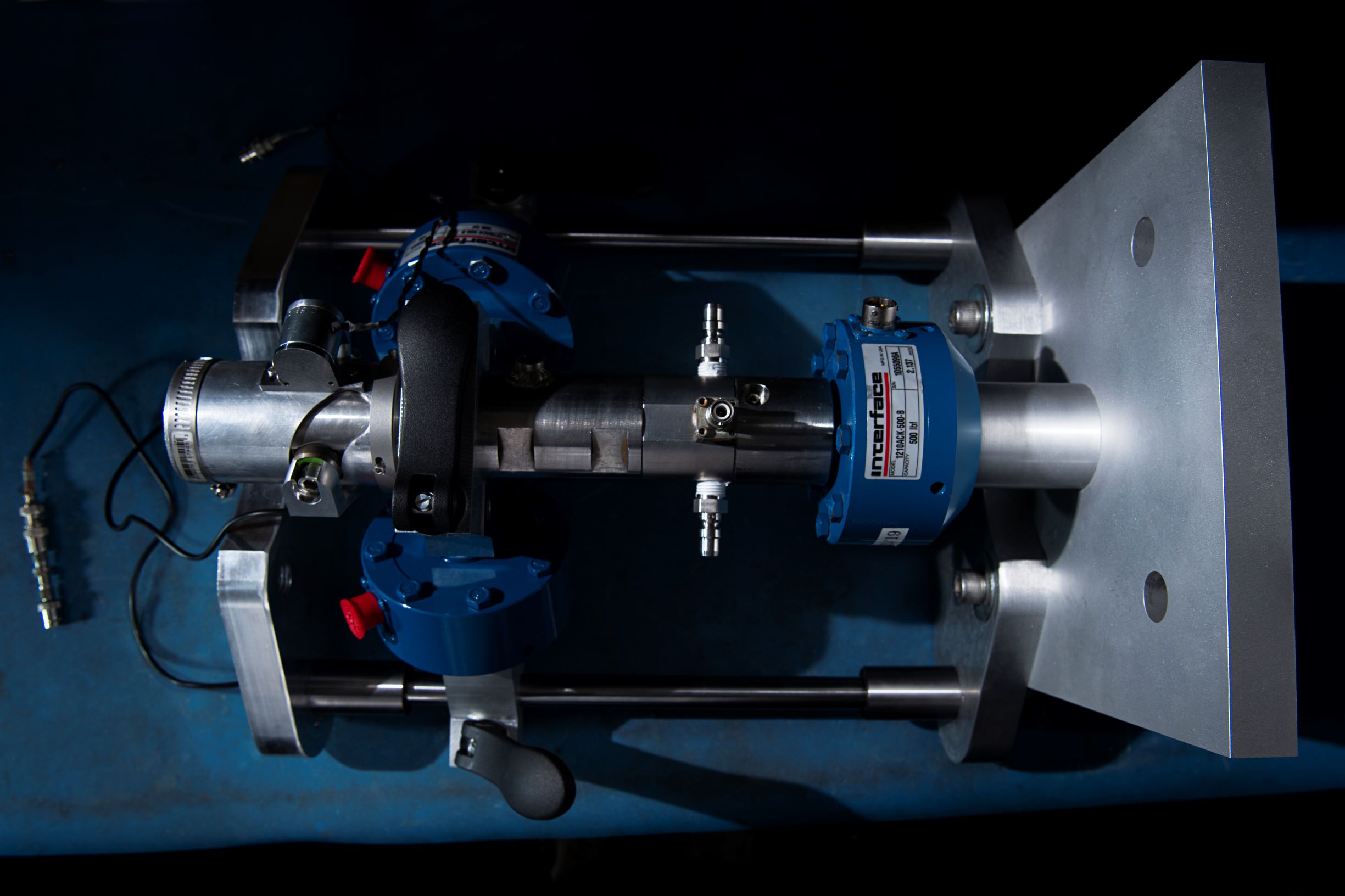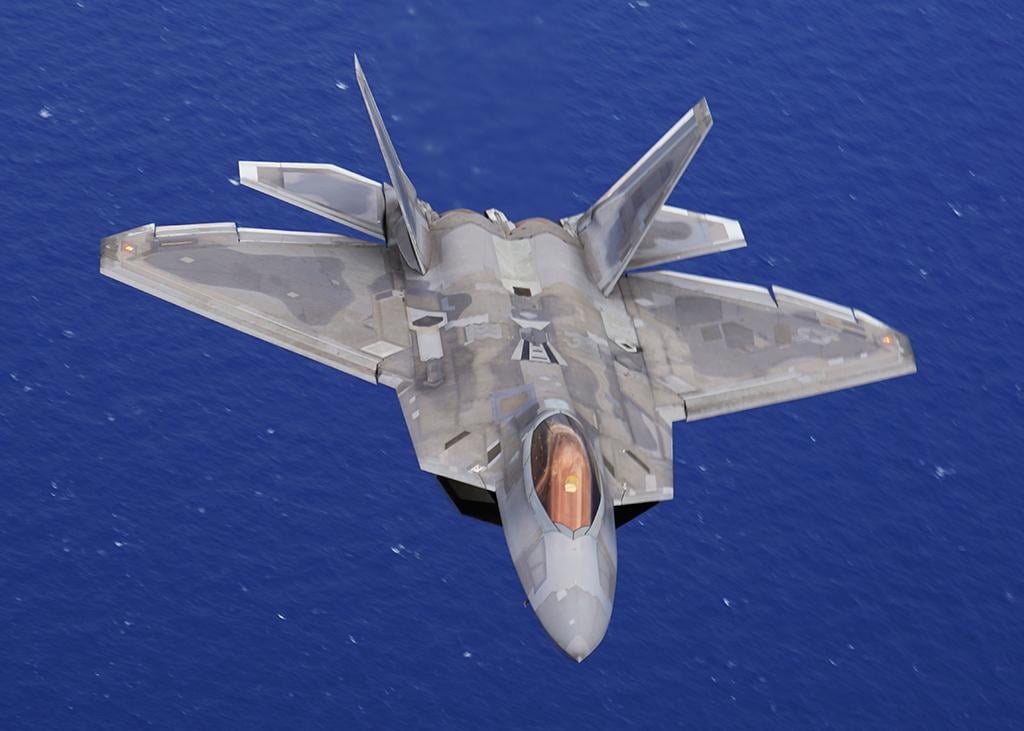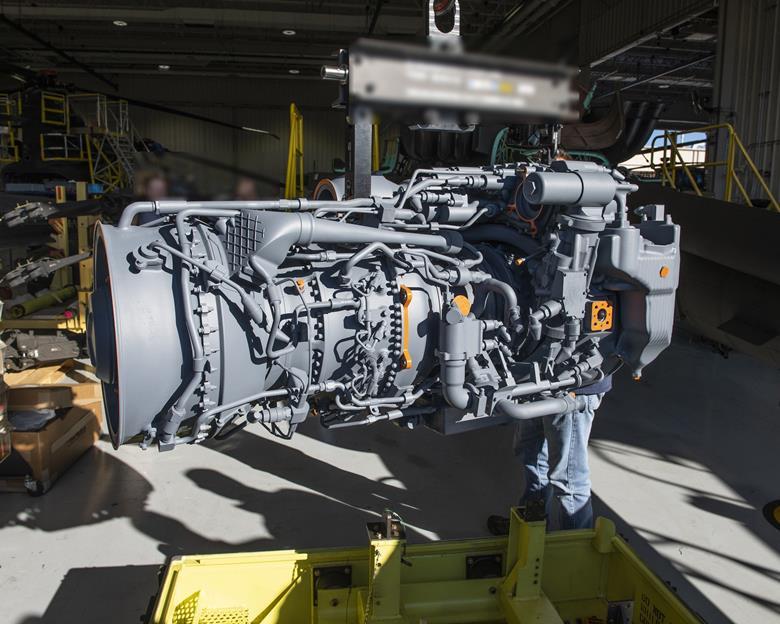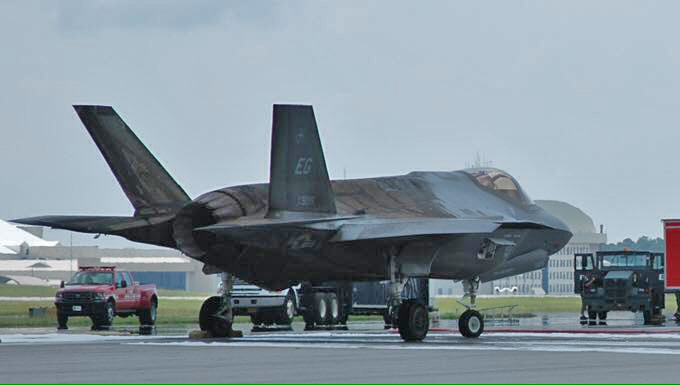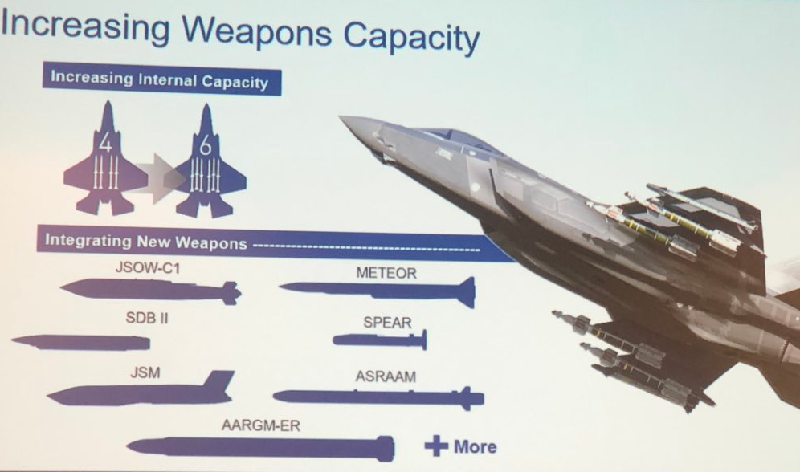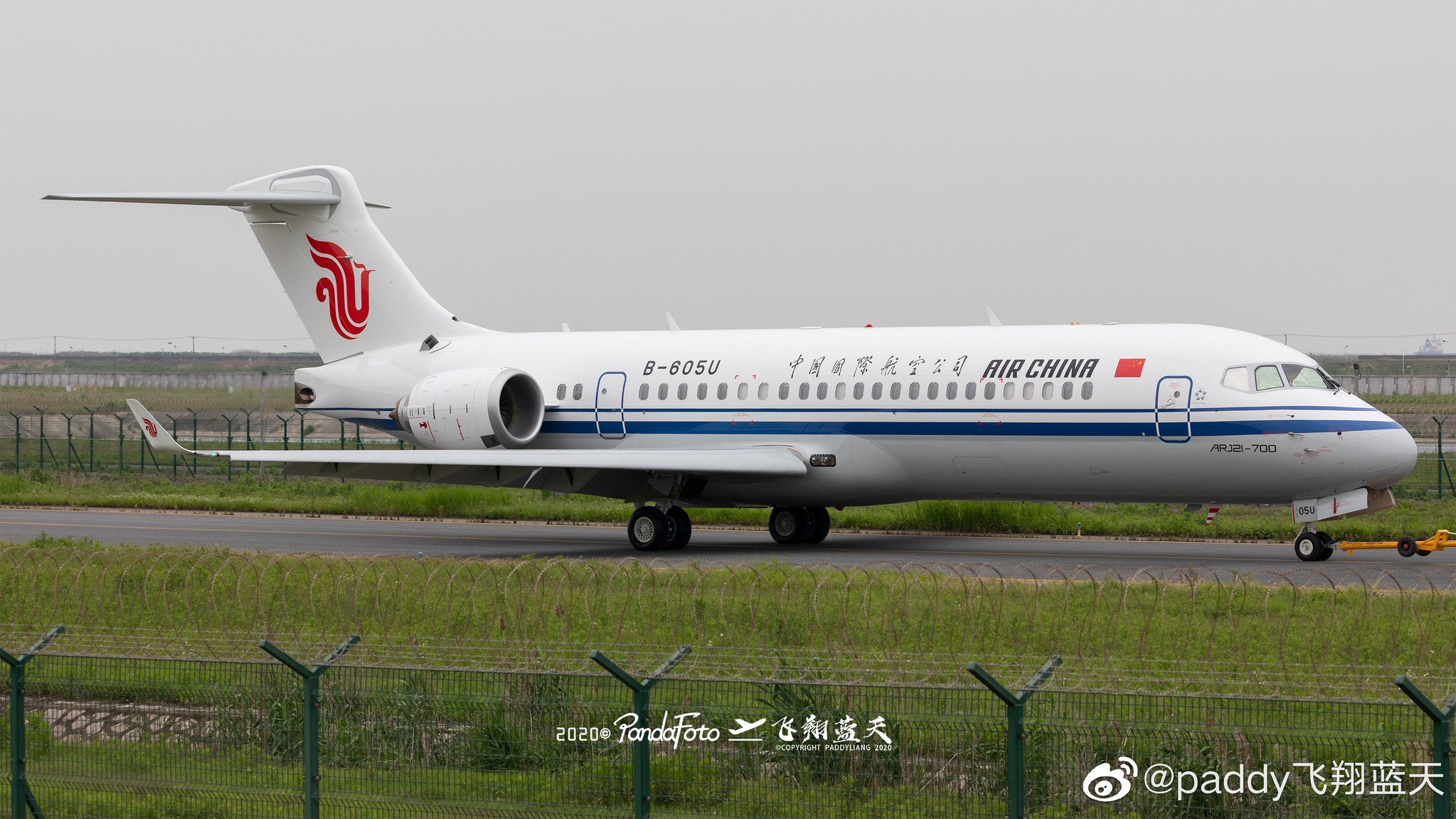Manish_P wrote:Is 'serviceability' the same as the 'availability/readiness'?
King Khan is dropping it's earlier policy target of having a uniform 80% availability rate across multiple fighter types, underscoring the challenges involved even for a MIC as powerful as theirs..
The Air Force Is Dropping Mattis' 80% Aircraft Readiness Goal
If you watch the testimony of the incoming USAF CS he didn't say that they were walking away from high MCR or it was the inability to deliver high MCR despite of the MIC. Industry actually makes most of its money through sustainment so it is in its favor to have these MCR demands to be very high. A large portion of the MCR woes of the USAF (and previously USN) have to do with delays in depot construction, modernization, or understaffing related. While spares have been often blamed the real problem is depot capacity (or lack of adequate ammts) because that means higher spare utilization (because you are using spares instead of fixing parts because depot turn around times are high) They delayed some of that CAPEX for budgetary reasons choosing instead to put that money down on buying aircraft or munitions. Mission Capability Rates are not the same as "readiness" which is broader. The former is only a representation of what subset of your fleet is capable of executing a mission. The latter is much broader than that and encompasses the actual capability of your service to execute that mission, per a set standard, if called upon to do so.
What the incoming CSAF is proposing is that while maintaining 70 or 80% MCR is a good metric for readiness it is not the ONLY metric and not the only lever that a service leadership can pull to maintain high state of readiness. He, as a service chief, wants budgetary flexibility to pick and choose between various investment tracks. For example, what's the right balance between pilot training and fleet MCR's? If given a finite budget topline should the CSAF be able to make a determination that instead of an arbitrary 75% or 80% MCR they'll maintain 65% or 70% but increase investments in annual training hours or cycle 20% more squadrons through large force exercises each year etc. etc. That's what he was asking for i.e. a broader approach to determining and maintaining a particular state of readiness.
There is no point of having a fleet at 90% MCR if you rob them of adequate training hours or if you don't fill those units with the appropriate end strength required to sustain prolonged operations halfway around the world on a 6 month deployment (because you spent a disproportionately high $$ on maintaining a SecDef mandated MCR). Similarly, if you want the crews to focus on preparing for a higher end fight like in the pacific then you need to cycle them differently through large force exercises compared to how you train them for a lower intensity fight. This means more $$ per year on exercises like Northern Edge and in fitting out, and cycling crews through, EW and radar ranges that are capable of simulating that environment. All that costs a lot more and that money has to come from somewhere. But if you do that you have your people better trained for a particular type of fight. That doesn't easily show on a dashboard like mission capability rate but it is equally as important (if not more). Having an available aircraft is just step 1. You need a crew that can deploy and the deployment sustained around umpteen global hotspots around the world. This means having adequately staffed and trained maintainers. Then you get to pilot training and having a level of training that is commensurate to what the threat is or how the COCOM's are going to utilize your service.
USAF needs are very unique and at a global scale and some fleet will always be kept at very high state of readiness (like transporters, refuellers or UAV's) because they enable the rest of the joint forces or because they are constantly in demand. The rest of the fleet requires a balance during peacetime - balance between what the equipment can deliver (as measured by MCR) and what the service can support. The service chiefs in the US system don't fight or plan wars. Their job is to train and equip the fleet only. And this is what he was getting at. His job will be to turn the signals being sent to him by the war planners (COCOM leaders) into action. He was seeking multiple ways to intelligently do that within a set budget profile. Ideally you want all of everything. But that is not what happens. If tommorow the CSAF gets an option of reducing MCR by 5% across some of the fleet and using that money to add 2 additional Red Flags..he needs to be empowered to make that decision. Mattis's actions were a great "snap" way to recover readiness after the sequestration down-years but it is not an effective sustained strategy as it robs the services of the flexibility..
Case in point is this: While % variation in MCR is easily measurable and can be put on a dashboard and price for +/- 5% determined. It is hard to gauge the true value of something like this -
F-117 Spotted Playing Stealthy Aggressor Against F-15s And F-22s Over Nellis Range
Having the ability for your Counter Air squadrons to train against
dissimilar Low Observable aircraft is going to be a pretty substantial competitive advantage if they were to go up against a J-20 somewhere in the Pacific. But maintaining that capability comes at a cost and with finite budgets this must be traded against other investments. Another example is the Advanced Radar Threat System program that the USAF is currently running. It is a 4 tranche program that is super expensive but basically replicates the entire swath of the Chinese IADS complex across the entire gamut of possible RF and IR sensors (low frequency, and high frequency, EO/IR and RF-Passive). And then builds it out at scale across training ranges around CONUS. How do you value the billions that will be spent on it compared to diverting that investment towards upping MRC by say 3% over the same time-frame?
Same applies to your weapons ranges and actually cycling deploying squadrons through them so that they launch their AIM's at a set cadence. If the demand signal is "train for the high end fight" then you need to do things differently and invest in different things compared to Middile East deployments that the USAF has done over the last 20 years. This means more choices and flexibility which the original Mattis mandate didn't provide. The incoming USAF chief of staff is currently the Commander, Pacific Air Forces and as such is someone who needs to think about the higher-end capability the most. This will be reflected in the decisions he makes.. But the qualitative advantages are usually harder to make a case for compared to quantitative advantages. But it is smart to find the right balance between the two.
If the order to maintain very high MCR was a be all and end all for the fleet, the USAF bureaucracy would be easily able to game that system. They'll flood their service with MQ-9's and overhaul more F-16's. Infra for those programs exists in quantity and they are cheap to run and keep running. But this will in fact reduce the capability of the USAF to fight and win when called into action by the COCOM's. This is the situation that the incoming Chief of Staff is trying to avoid. He would know - He is an airpower provider to one of the most important COCOM's that the USAF supports. You have to balance quality and quantity, and equipment readiness and total force readiness. And you have to find an optimal sweet spot given any given budget profile - when budgets are high and when they are low (US defense spending is cyclical). You can't go to one extreme without paying a big cost for it.






